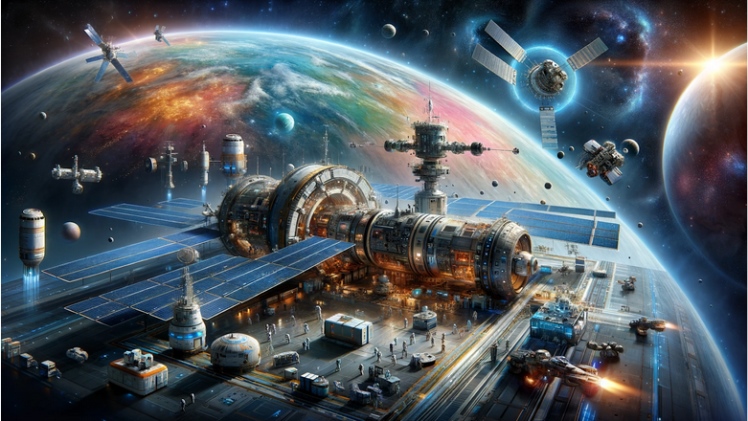Space exploration has always captured the human imagination, representing the pinnacle of our quest for knowledge and our desire to push the boundaries of the possible. In recent years, advancements in technology have accelerated our journey into the cosmos, unveiling new horizons and opportunities. From innovative spacecraft designs to sophisticated satellite technologies, these developments are not just scientific milestones but also testaments to human ingenuity and perseverance.
One of the most significant advancements in space technology is the evolution of spacecraft design. Modern spacecraft are marvels of engineering, equipped with advanced propulsion systems, enhanced life-support mechanisms, and state-of-the-art navigation tools. These developments have enabled missions that were once deemed impossible. For instance, NASA’s Perseverance rover, which landed on Mars in 2021, is a prime example of how technological advancements can lead to groundbreaking explorations. Equipped with a suite of scientific instruments, Perseverance is designed to study Mars’ geology and climate, paving the way for human exploration of the Red Planet.
Another area where technology has made substantial strides is in satellite technology. Satellites play a crucial role in space exploration, from studying distant celestial bodies to monitoring Earth’s climate. The James Webb Space Telescope, set to launch in the near future, is poised to be a game-changer in our understanding of the universe. Its advanced optical technology will allow astronomers to peer back in time, observing the formation of the first galaxies and stars.
The miniaturization of technology has also had a profound impact on space exploration. CubeSats, small, cube-shaped satellites, have become increasingly popular due to their cost-effectiveness and versatility. These tiny satellites are being used for a wide range of purposes, from testing new technologies in space to conducting scientific research. The proliferation of CubeSats has democratized space exploration, allowing smaller institutions and countries to participate in space missions.
Space exploration technology has also seen advancements in human spaceflight. Companies like SpaceX and Blue Origin are developing reusable rocket technology, drastically reducing the cost of sending humans and cargo into space. The SpaceX Crew Dragon, for example, has successfully transported astronauts to the International Space Station, marking a new era in commercial spaceflight.
The integration of artificial intelligence (AI) in space missions is another frontier in space technology. AI algorithms are being used to analyze vast amounts of data collected from space missions, leading to new discoveries and insights. AI is also being developed to assist in navigating spacecraft and handling complex operations during long-duration space missions.
Furthermore, the field of space exploration is not just limited to governmental agencies. Private companies are increasingly becoming key players, bringing innovation and competitiveness to the industry. This shift is likely to accelerate advancements in space technology, making space more accessible and opening up new possibilities for exploration and discovery.
The realm of space exploration is undergoing a technological revolution. The developments in spacecraft design, satellite technology, and artificial intelligence are not just enhancing our understanding of the universe but also paving the way for future missions, including the potential colonization of other planets. As we continue to push the boundaries of space exploration, it’s clear that technology will be our guiding star, illuminating the path to new worlds and discoveries. To learn more about the innovations shaping our journey into space, a detailed review at National Casino can provide deeper insights into these groundbreaking advancements.

